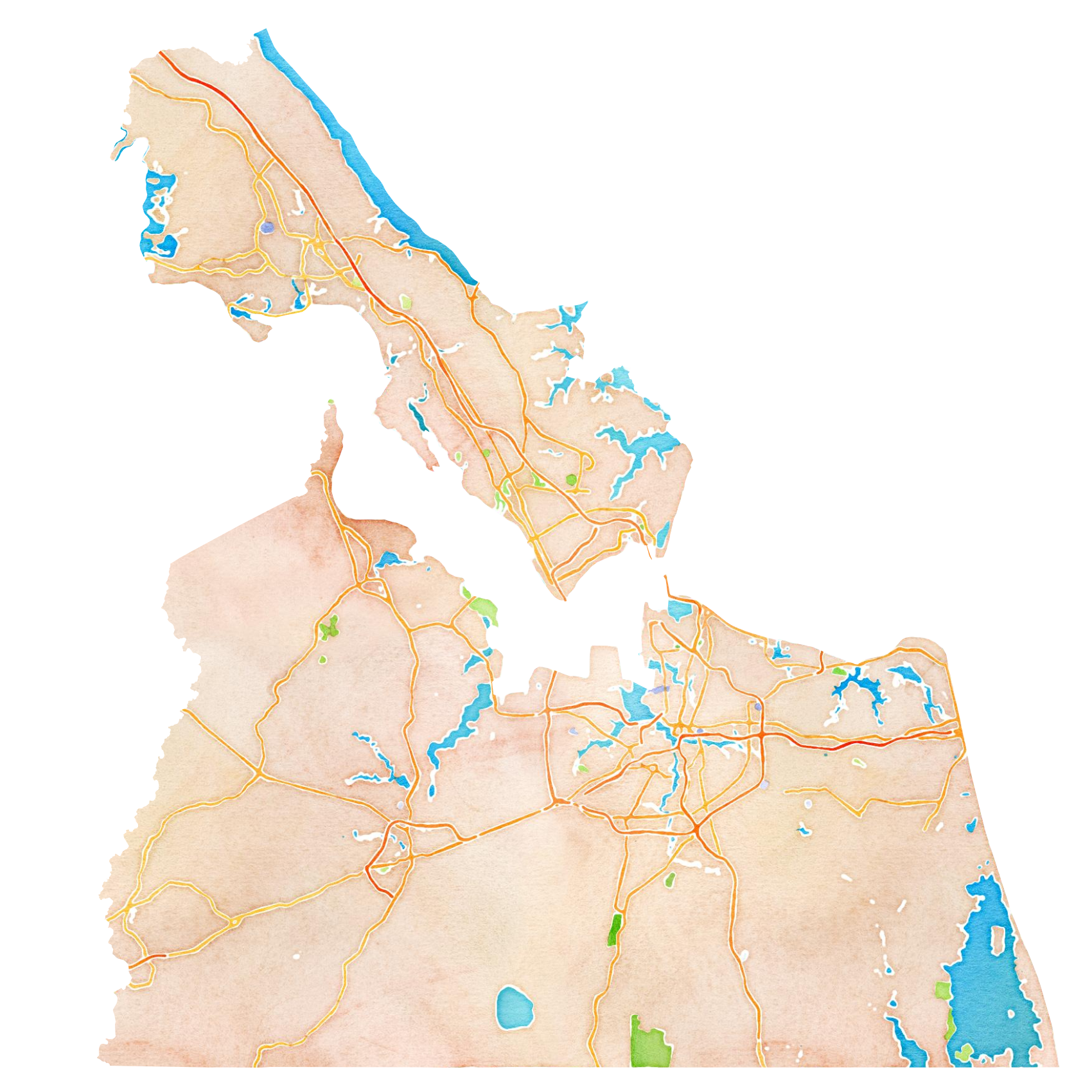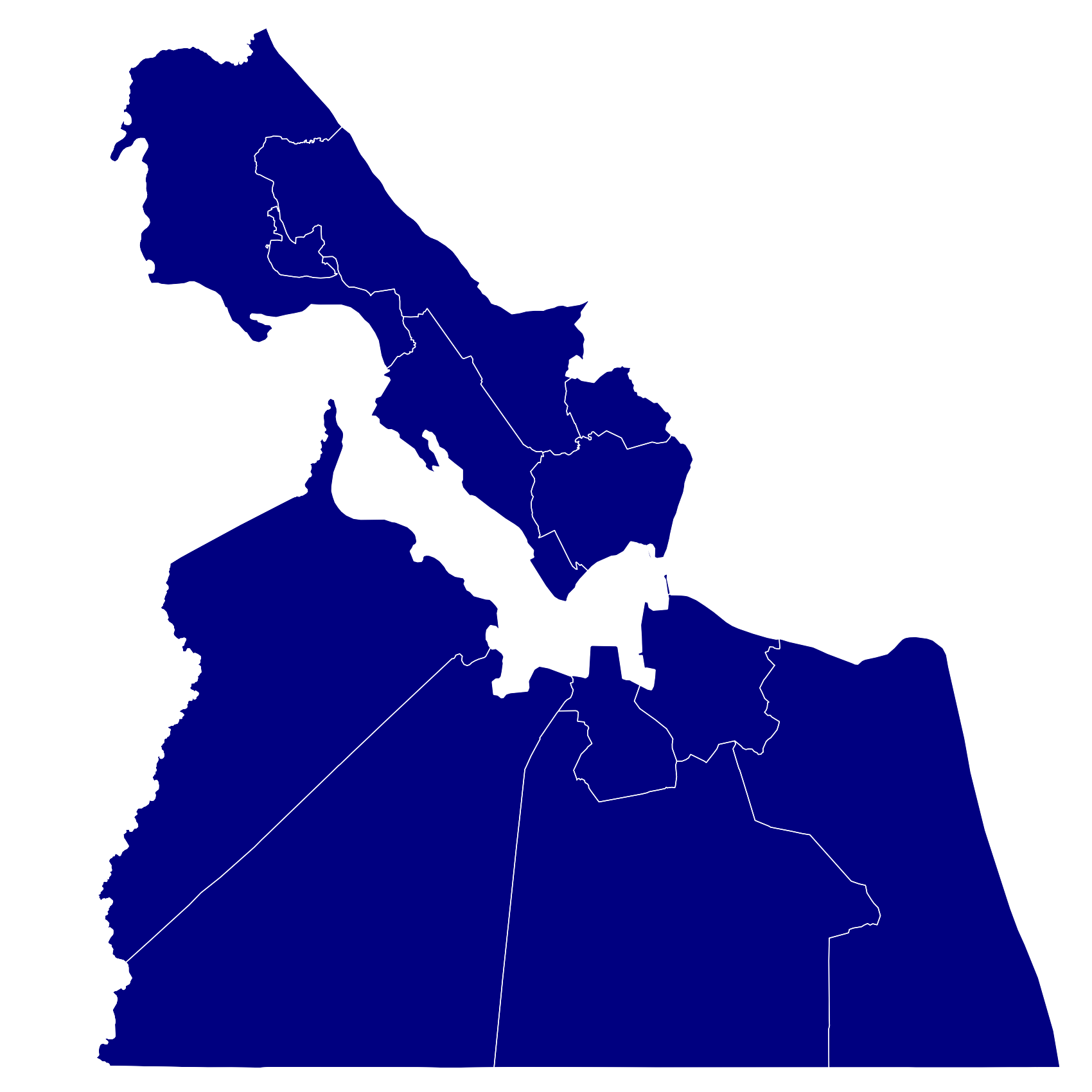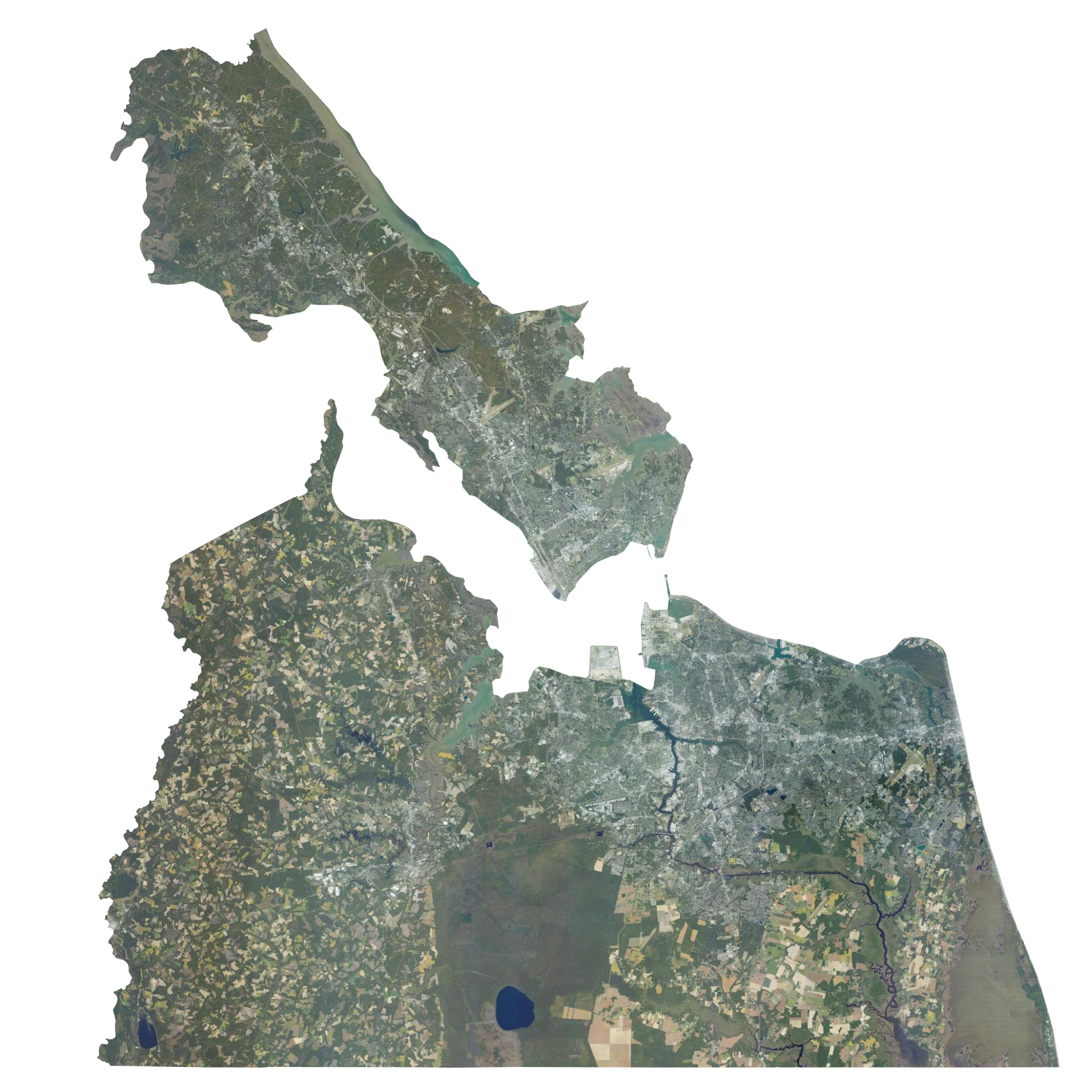Hampton Roads
The Harbor of History
Motto: Gateway to the Sea (Porta Maris)
Flora: Bald Cypress (Taxodium distichum)
Fauna: Atlantic Bottlenose Dolphin (Tursiops truncatus)
Ship: Clipper
⭐ Norfolk, HR
Population: 1,677,321
Founded: 1607
Former State: Virginia
Counties: Chesapeake, Hampton, Isle of Wight, James City, Newport News, Norfolk, Portsmouth, Poquoson, Suffolk, Virginia Beach, Williamsburg, York
Hampton Roads, located in southeastern Virginia, comprises 12 counties and independent cities, forming a densely connected metro area at the mouth of the Chesapeake Bay. This unique state unites Chesapeake, Hampton, Isle of Wight, James City, Newport News, Norfolk, Portsmouth, Poquoson, Suffolk, Virginia Beach, Williamsburg, and York County, creating a cohesive region supported by shared economic, cultural, and transportation infrastructure, including the largest deepwater port on the East Coast.
The economy of Hampton Roads is driven by its military presence, including Naval Station Norfolk, the largest naval base in the world, alongside Joint Base Langley-Eustis and Oceana Naval Air Station. The Port of Virginia, based in Norfolk, is one of the busiest on the East Coast, handling millions of tons of cargo annually and serving as a critical international trade hub.
Hampton Roads is rich in American history, playing a pivotal role in the American Revolution, with Williamsburg, Jamestown, and Yorktown forming the Historic Triangle. Jamestown, the first permanent English settlement in North America, was established in 1607. Yorktown is where General Cornwallis surrendered to George Washington in 1781, ending the Revolutionary War. Colonial Williamsburg reenacts colonial life and remains a key tourist destination.
Despite its large population, Hampton Roads is the largest metro area in the U.S. without a major league sports team but remains a center for arts and culture. Hampton Roads is home to the Virginia Opera and the Chrysler Museum of Art. The Virginia Beach Oceanfront is known for the Neptune Festival, which attracts hundreds of thousands of visitors. Outdoor spaces such as First Landing State Park and Back Bay National Wildlife Refuge offer hiking, kayaking, and wildlife viewing.
40
If Hampton Roads was admitted as a state today, it would be the 40th largest by population, between West Virginia and Hawaii.









